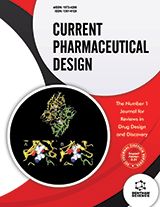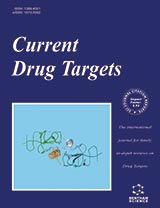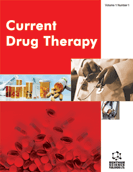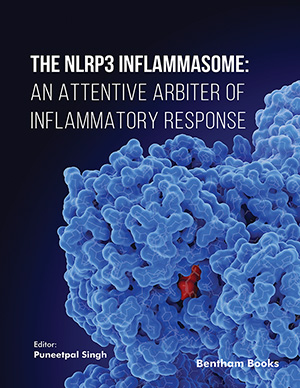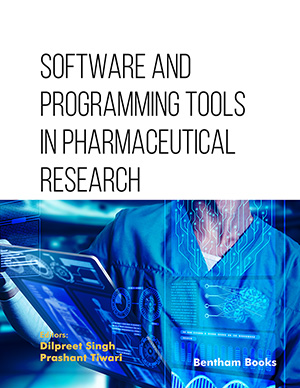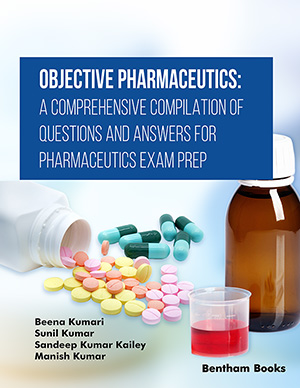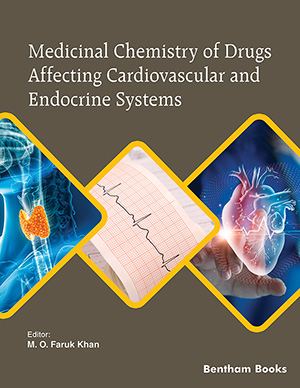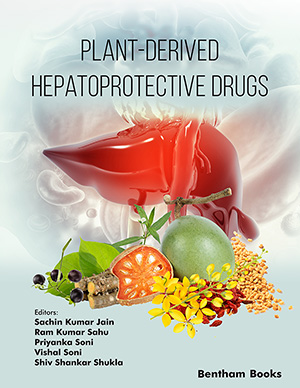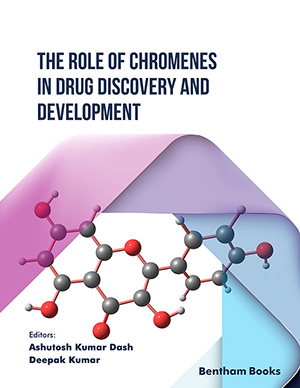Abstract
The pathophysiological process following traumatic brain injury is extremely complex and not fully understood. Recent developments have further advanced our knowledge of the cellular and molecular mechanisms that cause this damage. The excitotoxic damage, alterations in calcium homeostasis and free radical induced damage are thought to be the key pathways in this process. It is believed that the final target of all these pathways is the mitochondria, through the alteration in the mitochondrial permeability transition pore. Moreover, the inflammatory response may be important in the exacerbation of secondary damage but its exact role is not very well known. Further advances in our understanding of the cellular and molecular mechanisms will be crucial in the design of new therapies that should improve the prognosis of the traumatic brain injury patients.
Keywords: head injury, hypoxia, brain, excitatory amino acids, oxidative stress, calcium homeostasis, mitochondria dysfunction
Current Pharmaceutical Design
Title: Molecular and Cellular Mechanisms in the Pathophysiology of Severe Head Injury
Volume: 10 Issue: 18
Author(s): Enriquez P and Bullock R.
Affiliation:
Keywords: head injury, hypoxia, brain, excitatory amino acids, oxidative stress, calcium homeostasis, mitochondria dysfunction
Abstract: The pathophysiological process following traumatic brain injury is extremely complex and not fully understood. Recent developments have further advanced our knowledge of the cellular and molecular mechanisms that cause this damage. The excitotoxic damage, alterations in calcium homeostasis and free radical induced damage are thought to be the key pathways in this process. It is believed that the final target of all these pathways is the mitochondria, through the alteration in the mitochondrial permeability transition pore. Moreover, the inflammatory response may be important in the exacerbation of secondary damage but its exact role is not very well known. Further advances in our understanding of the cellular and molecular mechanisms will be crucial in the design of new therapies that should improve the prognosis of the traumatic brain injury patients.
Export Options
About this article
Cite this article as:
P Enriquez and R. Bullock, Molecular and Cellular Mechanisms in the Pathophysiology of Severe Head Injury, Current Pharmaceutical Design 2004; 10 (18) . https://dx.doi.org/10.2174/1381612043384060
| DOI https://dx.doi.org/10.2174/1381612043384060 |
Print ISSN 1381-6128 |
| Publisher Name Bentham Science Publisher |
Online ISSN 1873-4286 |
Call for Papers in Thematic Issues
"Tuberculosis Prevention, Diagnosis and Drug Discovery"
The Nobel Prize-winning discoveries of Mycobacterium tuberculosis and streptomycin have enabled an appropriate diagnosis and an effective treatment of tuberculosis (TB). Since then, many newer diagnosis methods and drugs have been saving millions of lives. Despite advances in the past, TB is still a leading cause of infectious disease mortality ...read more
Current Pharmaceutical challenges in the treatment and diagnosis of neurological dysfunctions
Neurological dysfunctions (MND, ALS, MS, PD, AD, HD, ALS, Autism, OCD etc..) present significant challenges in both diagnosis and treatment, often necessitating innovative approaches and therapeutic interventions. This thematic issue aims to explore the current pharmaceutical landscape surrounding neurological disorders, shedding light on the challenges faced by researchers, clinicians, and ...read more
Emerging and re-emerging diseases
Faced with a possible endemic situation of COVID-19, the world has experienced two important phenomena, the emergence of new infectious diseases and/or the resurgence of previously eradicated infectious diseases. Furthermore, the geographic distribution of such diseases has also undergone changes. This context, in turn, may have a strong relationship with ...read more
Melanoma and Non-Melanoma Skin Cancer Treatment: Standard of Care and Recent Advances
In this thematic issue, we aim to provide a standard of care of the diagnosis and treatment of melanoma and non-melanoma skin cancer. The editor will invite authors from different countries who will write review articles of melanoma and non-melanoma skin cancers. The Diagnosis, Staging, Surgical Treatment, Non-Surgical Treatment all ...read more
 3
3
- Author Guidelines
- Graphical Abstracts
- Fabricating and Stating False Information
- Research Misconduct
- Post Publication Discussions and Corrections
- Publishing Ethics and Rectitude
- Increase Visibility of Your Article
- Archiving Policies
- Peer Review Workflow
- Order Your Article Before Print
- Promote Your Article
- Manuscript Transfer Facility
- Editorial Policies
- Allegations from Whistleblowers
- Announcements
Related Articles
-
Bioavailability and Pharmaco-therapeutic Potential of Luteolin in Overcoming Alzheimer’s Disease
CNS & Neurological Disorders - Drug Targets Targeting Receptor Tyrosine Kinases Using Monoclonal Antibodies: The Most Specific Tools for Targeted-Based Cancer Therapy
Current Drug Targets Retinal Neurodegeneration in the Course of Diabetes-Pathogenesis and Clinical Perspective
Current Neuropharmacology Tetracyclic Triterpenoids in Herbal Medicines and their Activities in Diabetes and its Complications
Current Topics in Medicinal Chemistry Herbal Compounds with Special Reference to Gastrodin as Potential Therapeutic Agents for Microglia Mediated Neuroinflammation
Current Medicinal Chemistry The Response of the Aged Brain to Stroke: Too Much, Too Soon?
Current Neurovascular Research An Overview of Non-Neural Sources of Calcitonin Gene-Related Peptide
Current Medicinal Chemistry HMGB-1 as a Target for Inflammation Controlling
Recent Patents on Endocrine, Metabolic & Immune Drug Discovery Gender Hormones: Role in the Pathogenesis of Central Nervous System Disease and Demyelination
Current Neurovascular Research Bee Pollen: Chemical Composition and Potential Beneficial Effects on Health
Current Nutrition & Food Science Radiological Diagnosis of Renal Thrombosis in Children
Current Pediatric Reviews Recent Software Developments and Applications in Functional Imaging
Current Pharmaceutical Biotechnology Cyclooxygenase-2 Inhibitors as a Therapeutic Target in Inflammatory Diseases
Current Medicinal Chemistry The Role of Different Aspects of Impulsivity as Independent Risk Factors for Substance Use Disorders in Patients with ADHD: A Review
Current Drug Abuse Reviews Vasopressin in Health and Disease with a Focus on Affective Disorders
Central Nervous System Agents in Medicinal Chemistry Humanin: A Possible Linkage Between Alzheimer’s Disease and Type 2 Diabetes
CNS & Neurological Disorders - Drug Targets Patents and the Development on Polymer based Nanomaterial (PAMAM Dendrimer) for Biomedical Applications
Recent Patents on Biomedical Engineering (Discontinued) Gene Expression Suggests Spontaneously Hypertensive Rats May Have Altered Metabolism and Reduced Hypoxic Tolerance
Current Neurovascular Research Patent Annotations
Recent Patents on CNS Drug Discovery (Discontinued) Therapeutic Proteins: A to Z
Protein & Peptide Letters


